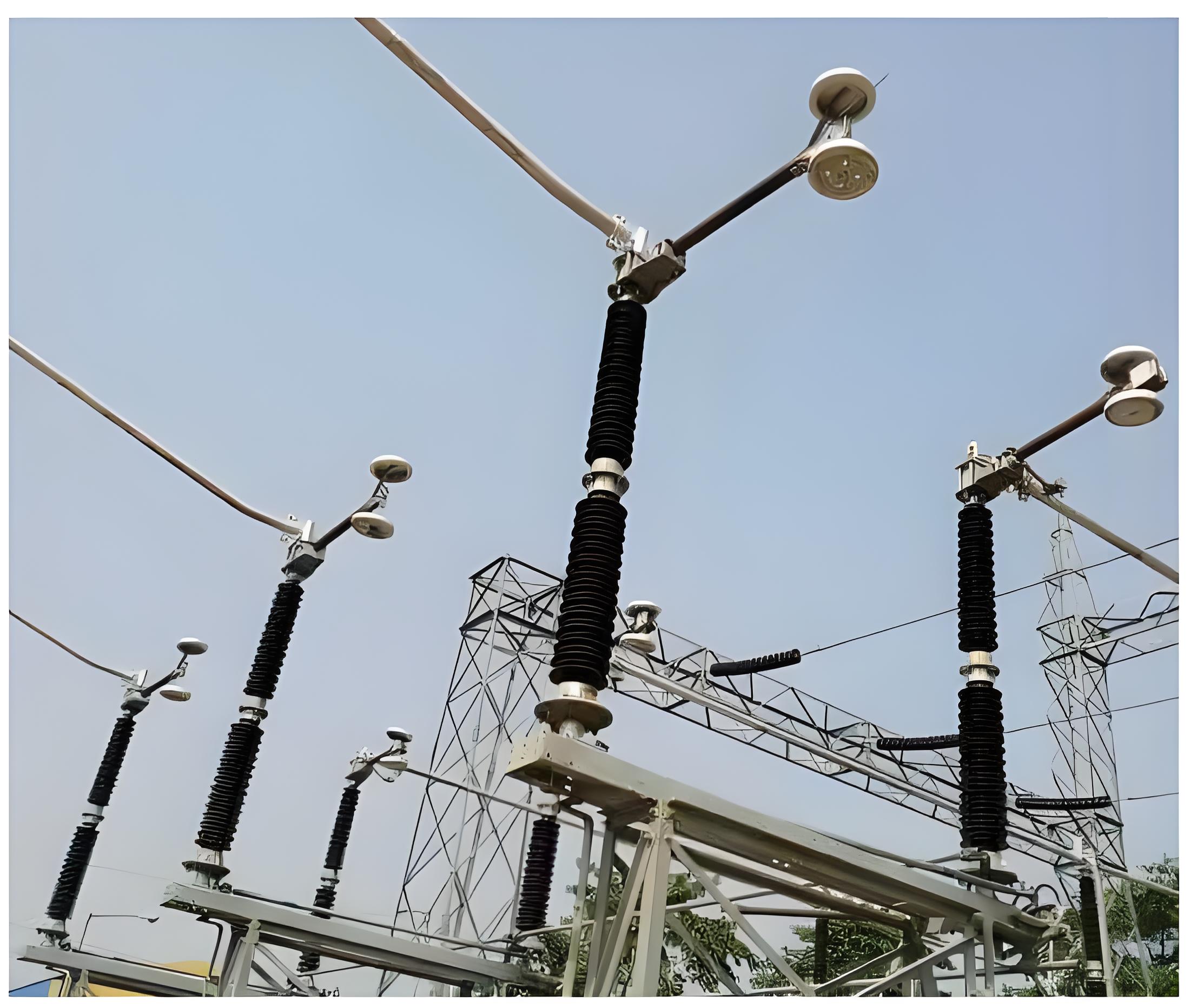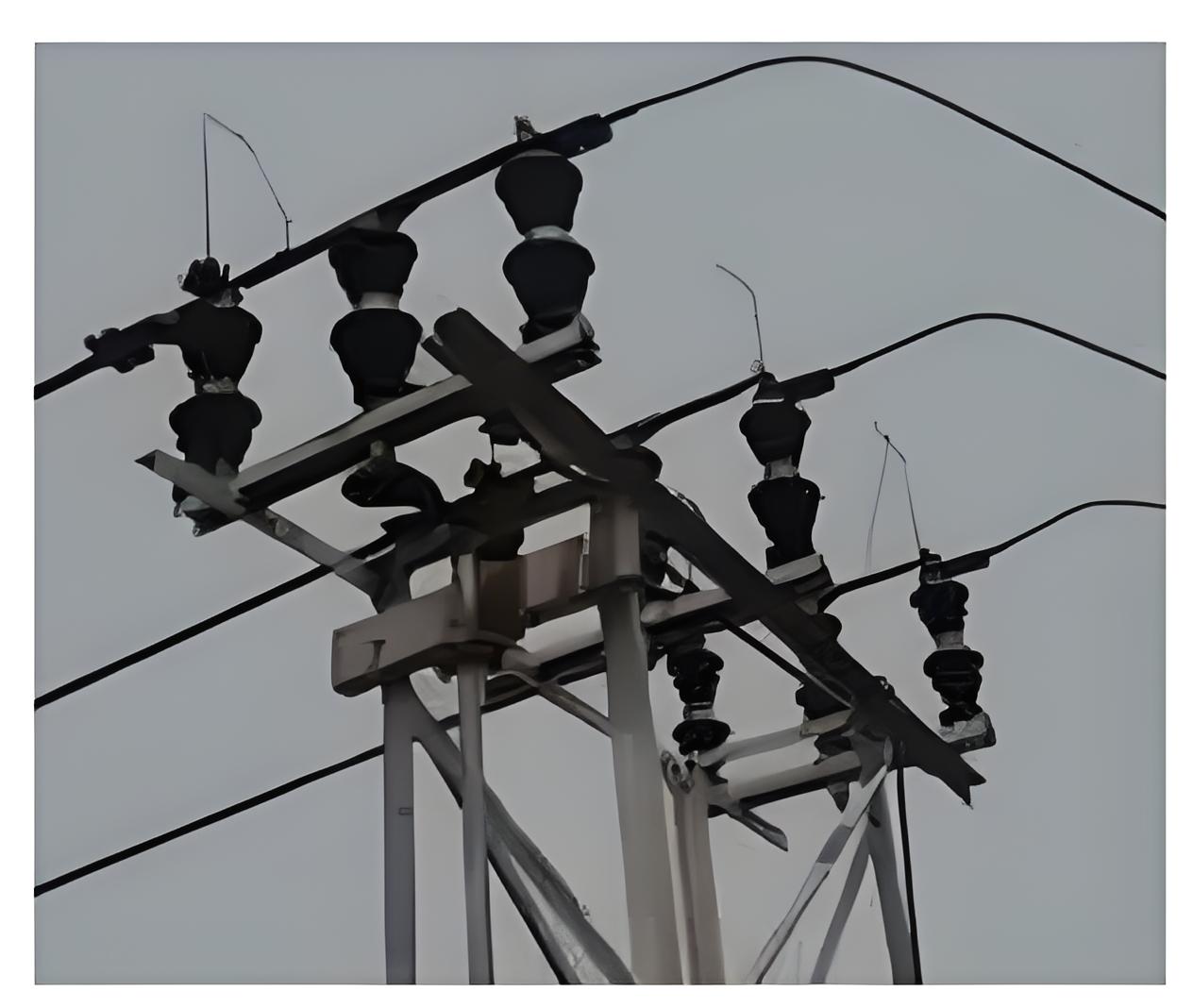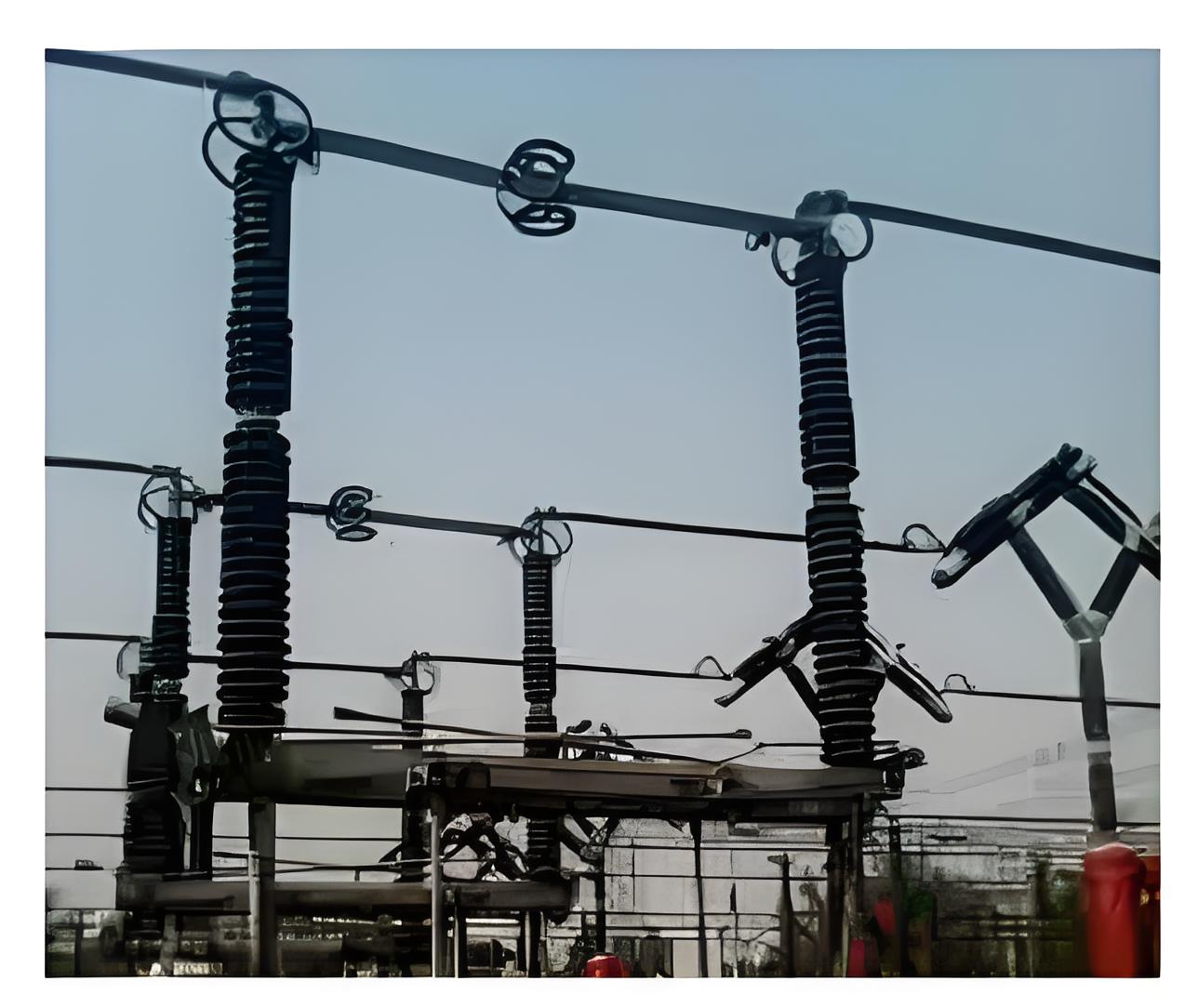What is an Electrical Isolation Switch?
What is an Electrical Isolation Switch?
Isolator Definition
An isolator in electrical systems is a manually operated mechanical switch that separates a part of the circuit for safe maintenance.

A circuit breaker trips the circuit, but its open contacts are not visible from the outside. Therefore, it is unsafe to touch an electrical circuit by just switching off the breaker. For better safety, we need a way to visibly confirm that the circuit is open before touching it. An isolator is a mechanical switch that separates part of the circuit for safe maintenance. An isolator is defined as a manually operated mechanical switch that separates a part of the electrical power system. Isolators are used to open a circuit under no load. The main purpose of an isolator is to separate one part of the circuit from another and it should not be opened while current is flowing. Isolators are usually placed on both ends of a circuit breaker to allow safe repair or replacement.
Purpose
The main purpose of an isolator is to ensure safety by isolating a part of the circuit; it should not be operated under load.
Types
There are different types of isolators available depending upon system requirement such as
Double Break Isolator
Single Break Isolator
Pantograph type Isolator.
Depending upon the position in the power system, the isolators can be categorized as
Bus side isolator – the isolator is directly connected with main bus
Line side isolator – the isolator is situated at line side of any feeder
Transfer bus side isolator – the isolator is directly connected with transfer bus.
Constructional Features of Double Break Isolators

Let’s discuss constructional features of Double Break Isolators. These have three stacks of post insulators as shown in the figure. The central post insulator carries a tubular or flat male contact which can be rotated horizontally with a rotation of central post insulator. This rod type contact is also called moving contact.
The female type contacts are fixed on the top of the other post insulators which fitted at both sides of the central post insulator. The female contacts are generally in the form of spring-loaded figure contacts. The rotational movement of the male contact allows it to connect with the female contacts, closing the isolator. Rotating the male contact in the opposite direction disconnects it from the female contacts, opening the isolator.

Rotation of the central post insulator is done by a driving lever mechanism at the base of the post insulator, and it is connected to operating handle (in case of hand operation) or motor (in case of motorized operation) of the isolator through a mechanical tie rod.
Constructional features of Single Break Isolators
The contact arm is divided into two parts one carries male contact and other carries female contact. The contact arm moves due to rotation of the post insulator upon which the contact arms are fitted. Rotating both post insulators stacks in opposite directions closes the contact arm, closing the isolator. Counter-rotation opens the contact arm, turning off the isolator. This type of isolator is usually motorized, but an emergency hand-operated mechanism is also available.
Earthing Switches
Earthing switches are mounted on the base of line side isolator. Earthing switches are usually vertically broken switches. Earthing arms (contact arm of earthing switch) usually are aligned horizontally at off condition during switching on the operation, these earthing arms rotate and move to vertical position and make contact with earth female contacts fitted at the top of the post insulator stack of the isolator at its outgoing side. The earthing arms are so interlocked with the main isolator moving contacts that it can be closed only when the primary contacts of the isolator are in open position. Similarly, the main isolator contacts can be closed only when the earthing arms are in open position.
Operation of Electrical Isolator
Since isolators do not have arc quenching techniques, they must be operated without current flowing through the circuit. An isolator should not open or close a live circuit to prevent arcing. Therefore, isolators must be opened after the circuit breaker and closed before the circuit breaker. The isolator can be operated by hand locally as well as by motorized mechanism from a remote position. Motorized operation arrangement costs more compared to hand operation; hence decision must be taken before choosing an isolator for the system whether hand operated or motor operated economically optimum for the system. For voltages up to 145 KV system hand operated isolators are used whereas for higher voltage systems like 245 KV or 420 KV and above motorized isolators are used.
The Electricity Encyclopedia is dedicated to accelerating the dissemination and application of electricity knowledge and adding impetus to the development and innovation of the electricity industry.













